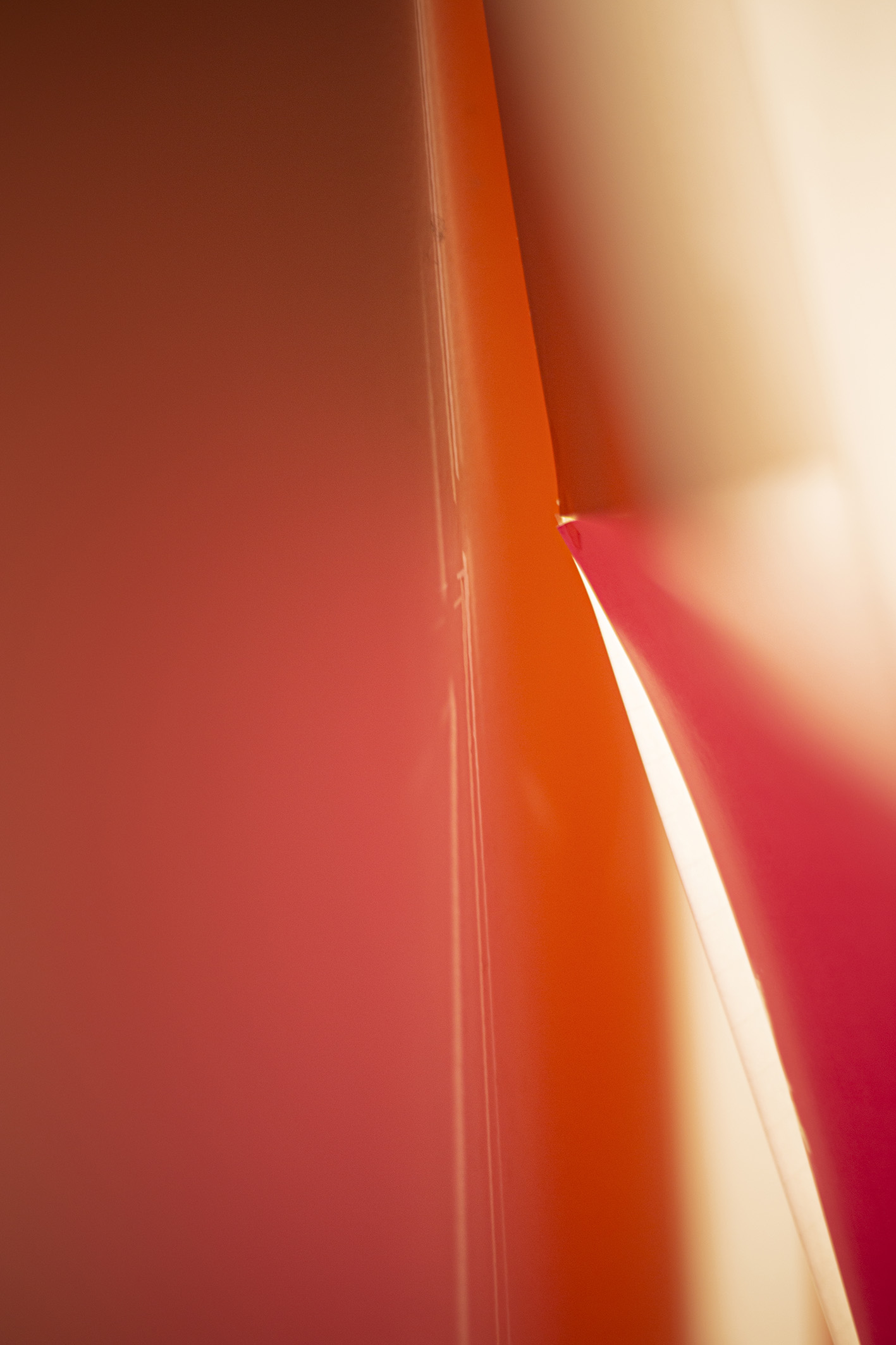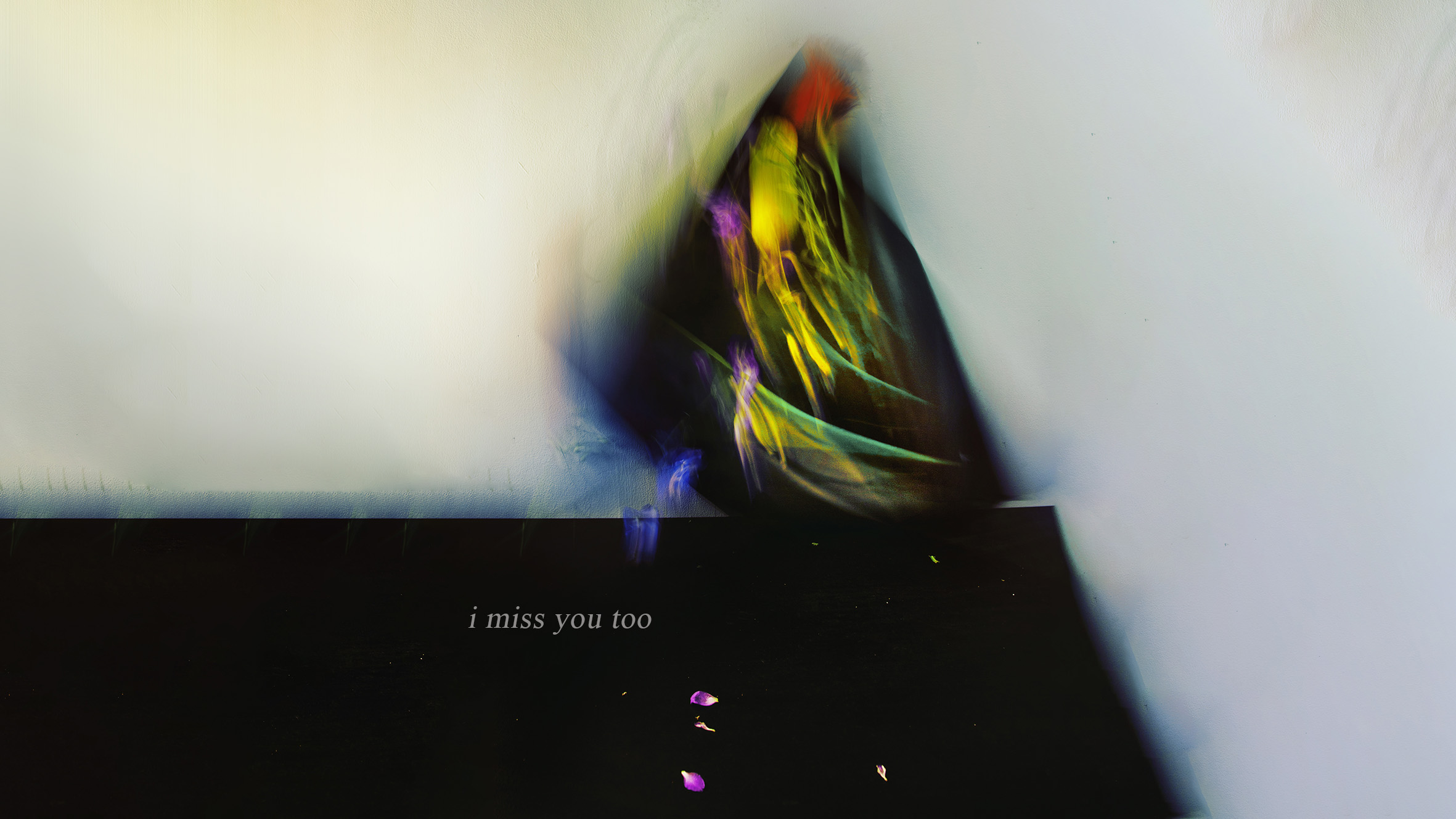“MIDNIGHT IN THE MANGROVES” Art Exhibition is a non-profit exhibition that combines the art of photography with knowledge of mangroves. It demonstrates the close relationship between arts and education in the community by focusing on the environment and climate.
Objectives of the exhibition:
OBJECTIVE 1
To provide basic information about mangroves through the art of photography with a fresh approach.
OBJECTIVE 2
To raise funds for mangrove planting and connect with organizations specializing in mangrove planting.
This project by Chiron Duong is based on a combination of different genres of photography (Fashion, Still Life, Fine art photography, Photographs manipulation, etc.). Through 6 photography series, the project provides fundamental knowledge on mangroves for audiences.
- Photo series 1: When I was a mangrove tree – Khi toi la mot cai cay
Introduce the biological aspects of mangroves.
- Photo series 2: Journey to the lands of silent heroes – Hanh trinh den vung dat cua nhung nguoi hung tham lang
Introduce the role of mangroves through a series of photos.
- Photo series 3: The last breath – Hoi tho sau cung
Present the sensitivity of mangroves to external and internal factors.
- Photo series 4: The last mangrove tree – Cay ngap man cuoi cung
Indicate the actual situation of mangroves and the personal perspective of Chiron Duong.
- Photo series 5: Taste of Wetlands – Tam Vi Tam Cong
Express the feelings about the cultural and spiritual values of mangroves.
- Photo series 6: Midnight in the mangroves – Dem trong rung ngap man
Introduce the Mangrove Ecosystems and Mangrove Community combined with spiritual beliefs.
PHOTO SERIES: WHEN I WAS A MANGROVE TREE – KHI TOI LA MOT CAI CAY NGAP MAN
“When I was a mangrove tree” is a photo series using metaphor images of people in relationship with true mangroves based on research on mangroves, such as: Continuing the Journey amongst Mangroves – author Barry Clough; International Society for Mangrove Ecosystems; International Tropical Timber Organization. Thereby introducing fundamental biological characteristics – the structure of mangroves when living in harsh environments.
Mangroves are distinctive tropical plant communities that occupy the intertidal zone between sea and land. Those trees, shrubs, and herbaceous plants have physiological, morphological, and reproductive characteristics adapted to saline, stagnant, and harsh anaerobic environmental conditions (Tomlinson, 1986; Duke, 2006; Hogarth, 2007; Spalding et al., 2010; ITTO, 2012)
“When I was a mangrove tree
My hair would be the canopies”.
Mangroves can remove at least 80% of the salt by drawing water through the roots. However, the remaining salt in the plant will be stored on the leaves and excreted.
Salt excretion through the leaves is one of the ways to control the salt in mangroves.
Mangroves live in harsh environments, with the high salinity in the water causing two particular obstacles for plants there:
- High salt concentration affects the biochemical processes of photosynthesis and protein synthesis of plants and increases the rate of respiration.
- Making it difficult for mangroves to absorb water from the soil due to the low osmotic potential of water in the ground, to create a low enough water potential to help control the absorption of water from the saline soil. Thus, both avoid salt poisoning and absorb enough water from the ground to replace the daily evaporation of water from the canopy.
“When I was a mangrove tree
My legs would be the roots”.
The roots that help remove salt are considered the primary resistance of mangroves. (Pioneer work by SCHOLENDER and colleagues in the 1960s and recent studies by MOON et al. 1986, WERNER and STELZER 1990, PALIYAVUTH et al. 2004). Mangroves can remove at least 80% of the salt outside when drawing water through the roots. However, the remaining salt in the plant will be stored on the leaves and excreted.
“When I was a mangrove tree
Miracles would happen inside my body”.
Inside the trunk of the mangrove tree, a unique salt control process takes place in 3 forms:
- Avoid a high rate of salt by removing it as it draws water into the roots.
- Minimize or use it when it gets inside the tree.
- Save it somewhere harmless.
These activities all require metabolic energy and therefore consume energy. So at the high salinity, the soil salinity of the mangrove environment varies depending on the influence of freshwater and saltwater sources of earth’s tides, frequency and duration of the flood tide, precipitation, elevation, slope, and drainage characteristics of mud or soil.
“When I was a mangrove tree
My body would be a golden tank of sediment”.
If the human body were a mangrove tree, the biomass generated from body parts, leaves, fruits, and flowers would form sediment when falling to the ground and through the process of being buried. Sediment is as precious as “gold” because it has a crucial role in soil formation and mangroves themselves retain sediment from rivers before pouring into the sea to help limit erosion.
Due to the unique structure of mangroves, the roots can retain sediment from rivers flowing into the sea and help protect the coastal area and slow down erosion caused by waves. In addition, environmental sediments such as mangrove ecosystems also form peat in the environment, particularly when biomass is decomposed in wetlands. Sedimentation is the process from the outside in, the inside out, from organisms and plants.
“When I was a mangrove tree
My stomach would be a carbon sink”.
Mangroves are reservoirs of CARBON.
CARBON in plant biomass is derived from CO2 in the air through the growth process of plants. Loss of vegetation cover, burning of forests, or decomposition of wood will return CACBON to the atmosphere in the form of CO2 or CH4.
Coastal forests help combat global warming by removing CO2 from the atmosphere and storing it in biomass when roots, branches, and leaves fall. This biomass is often covered with soil and then submerged in tidal water, which slows down the decay of matter and enhances the storage of CARBON. An examination of 25 mangrove forests across the Indo-Pacific found that each hectare of mangroves contained four times more CACBON than other tropical rainforests.
“When I was a mangrove tree
My feet would be underground stem”.
In most cases, the rate of oxygen delivered to the underground roots is quite capable of root respiration. The excess of oxygen diffuses into the soil around the roots and creates an oxidation zone several millimeters wide. It is crucial to prevent iron and aluminum toxicity.
“When I was a mangrove tree
My legs would rise to breath”.
Because of the submerged conditions, most mangroves have an aerial root system, which grows wide above the ground and provides oxygen for those below. There are various types of aerial roots such as stilt roots, breathing roots, pneumatophore or knee roots, splayed roots, aerial roots growing from stems or branches.
It seems that mangrove roots are an architecture in which the primary root system works as support and cohesion to supply water and nutrients from the smaller roots sucking from the earth to the trunk and branches. Aerobic roots help provide the oxygen needed to support root metabolism from underground.
“When I was a mangrove tree
Extremely sensitive that I would be”.
Mangroves are very sensitive to environmental changes. Any alteration in salinity, temperature, sea-level rise, complex effects of climate, natural disasters, and humans can lead to a threat to mangroves.
“When I was a mangrove tree
I would grow from pillars of sprout”.
Vivipary occurs when seeds or embryos begin to develop before they detach from the parent, usually without a dormant stage. All plants of the Rhizophorus have vivipary. Their dispersal unit is the seedling with an elongated shape, called the sub-cotyledon, which germinates while still attached to the mother plant. When it falls off the mother plant, it has at least one pair of compound leaves at one end, and the root nodules are cotyledon-shaped at the other end, which float on the water and grow fast when detached from the parent plant. Partial vivipary. The embryo develops into a seedling while still in the fruit until it is apart from the parent plant. When exposed to water or muddy soil, the protective shell opens after a few days.
















